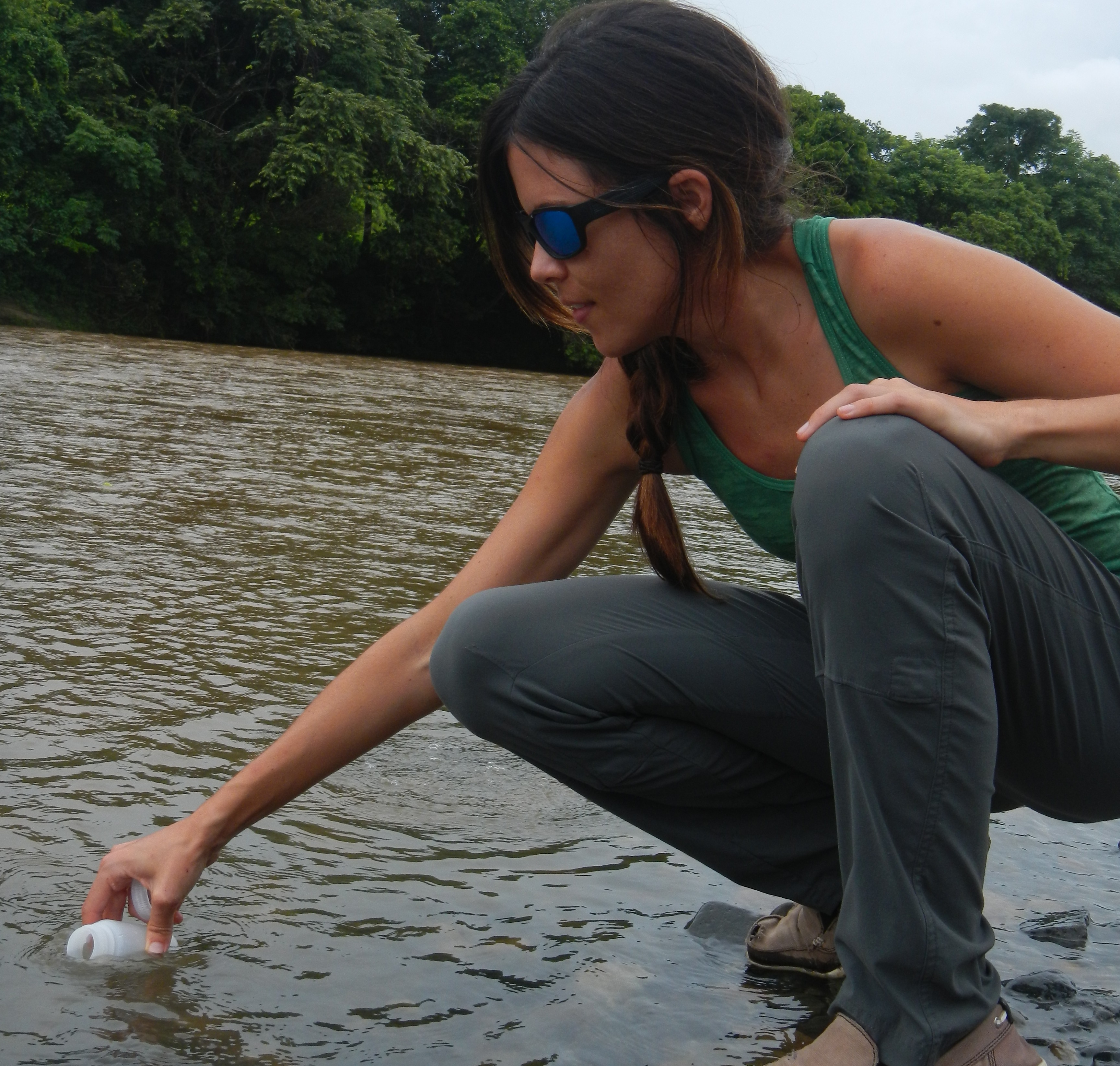Aquatic Monitoring
Monitoring of river water quality in Panama
Summary
Human activities such as urbanization, deforestation, and industrial agriculture generate pollutants (eg nutrients, sediments,
metals heavy) are transported to the coasts through rivers, altering the quality of water and the functioning of ecosystems.
For instance, marine coastal environments, such as mangroves, coral reefs, and estuaries produce important benefits for human populations:
their physical structures reduce coastal erosion and provide habitat for economically important species, and its tourist attractions generate
considerable economic gains. To understand how aquatic and marine environments should change, we need baseline information on river parameters.
We are conducting repeated sampling at 19 rivers across Panama to begin to construct that baseline information needed to measure future changes
in the environment. Moreover, this monitoring will provide the data needed to validate scientific models, such as PRISM's hydrology project.

Leads: Shriram Varadarajan, José Fábrega, Brian Leung
Publications: Publications: Varadarajan, S., Leung, B., Fábrega, J. 2022. Precipitation interpolation, autocorrelation, and predicting spatiotemporal variation in runoff in data sparse regions: Application to Panama. Journal of Hydrology: Regional Studies.
https://doi.org/10.1016/j.ejrh.2022.101252.
